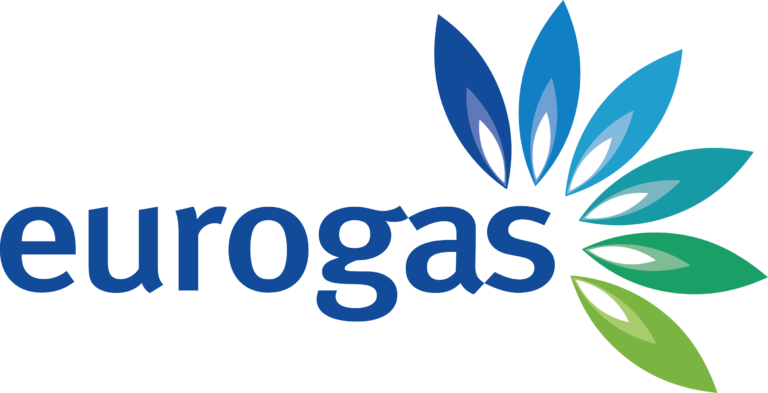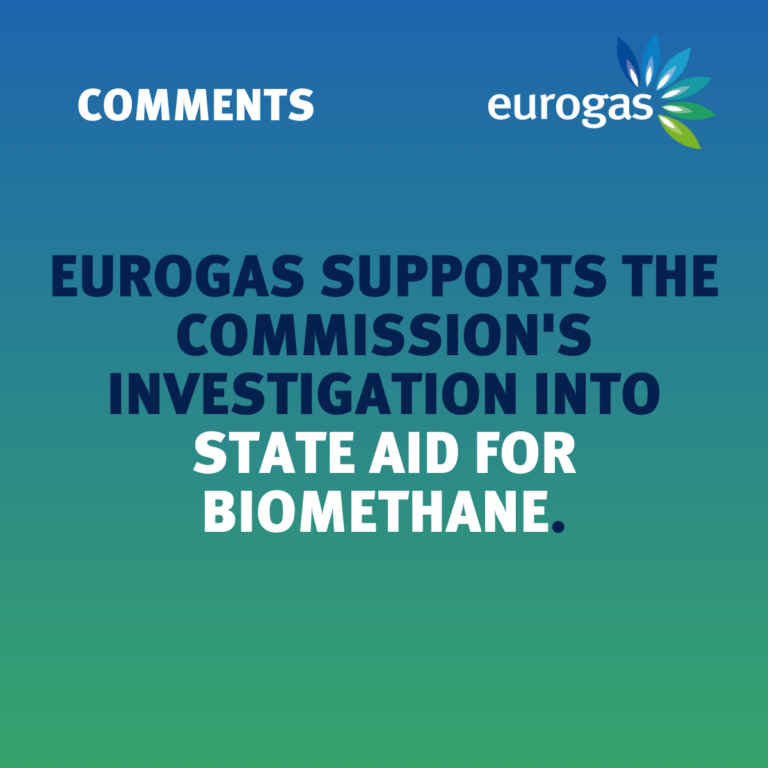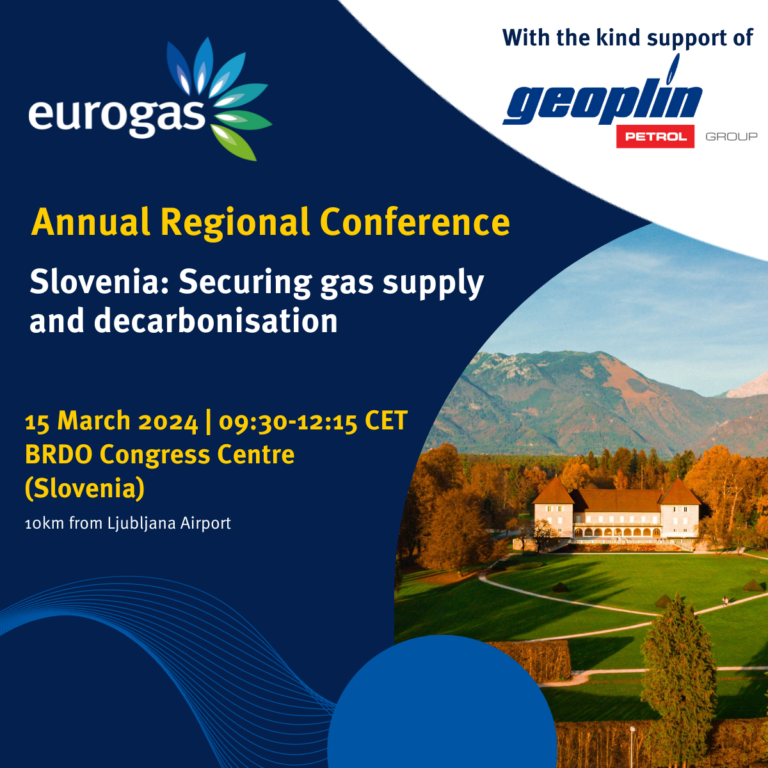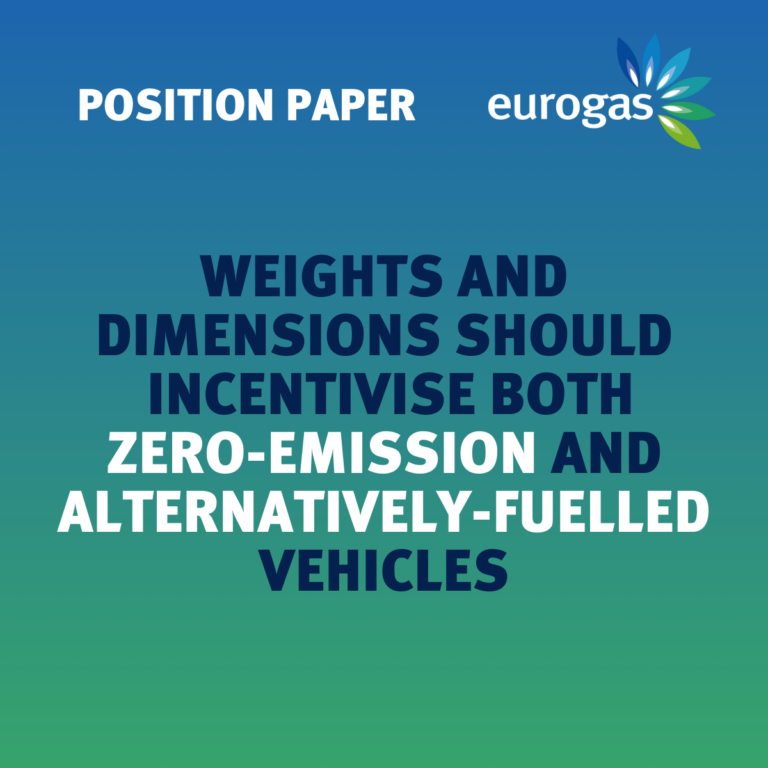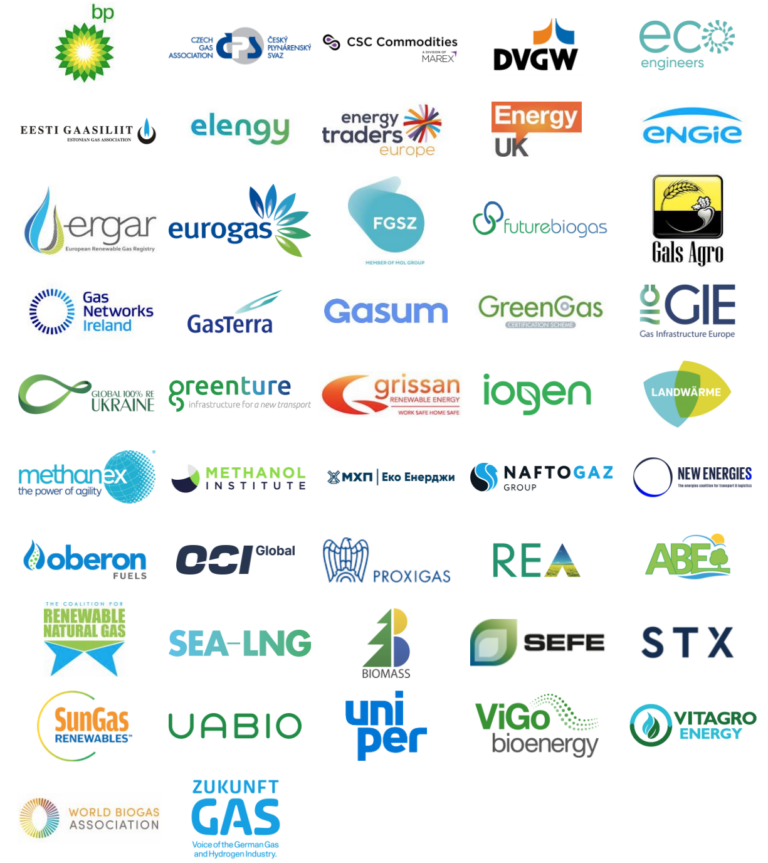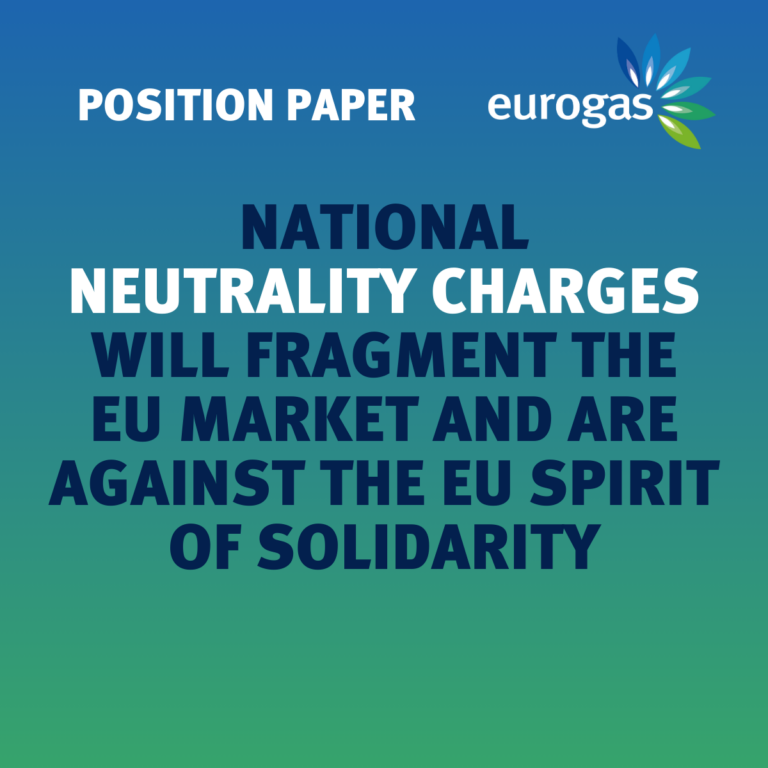
To: Ms. Sikow-Magny, Ms. Slingenberg
CC: Ms. Nyitrai, Mr. Gentchev, Mr. Dam, Mr. Kolinski, Mr. Lopez-Nicolas, Mr. Kampener, Mr. Lessenich, Mr. Gurba, Mr. Backes, Ms. Hanoune, Mr. Coron
Subject: RED II Implementing Rules for voluntary schemes – Union Database
Dear Director Sikow-Magny,
Dear Director Slingenberg,
Eurogas, GIE, ENTSOG, EFET, EBA, NGVA Europe, GERG, SEA-LNG and GD4S would like to share their concerns with the proposed RED II implementing rules for voluntary schemes laying down provisions of the Union Database published for the public consultation on 29 June 2021.
Our associations fully recognise the legal obligation introduced by the RED II and support the objectives of the European Commission to bring to the market instruments that will help support the achievement of the Fit for 55 objectives, without adversely affecting underlying commodity
markets, with minimum administrative burden and which would be fraud resistant. As outlined below, the proposal appears not to be suitable for gaseous fuels and endangers the deployment of renewable energy sources which the Commission has indicated as their preferred means of
achieving net zero carbon emissions. It would also undermine the principle of technology neutrality by creating additional administrative burden for renewable gas technologies, thereby putting at stake achievement of ambitious goals in a cost-efficient and timely manner.
Areas of concern
Implementation of mass balance for gaseous fuels
The references in the text to a tracking system focused on physical flows (including their link to physical “shipments”) are not applicable for gaseous fuels and incompatible with the current gas market architecture. Instead, the current proposal is trying to replicate provisions designed
for liquid fuels to a vastly different gas market. From the EC’s Q&A2, the application of mass balance to gases injected to the EU gas system is different from the one applied to shipments of liquid fuels and the approach to follow would be to apply a hybrid model between the massbalance and book-and-claim approaches.
The gas system applies a business model where optimal pipeline logistics cause commercial flows to not match, by definition, the physical ones. Flows are substituted in order to optimise use of the infrastructure and to avoid unnecessary excess pipeline capacity: gas is not tracked from input to exit point. If gas blends delivered to consumers contain gases of different origin, their respective share will not be the same depending on whether the physical flow is considered or the commercial one. This specificity was acknowledged in the EC’s Q&A2 from the kick-off meeting for the Union Database initiative (7 April), “there is no intention to physically track the sustainable molecules of gases” and “[t]he Union Database will support the accounting of also cross-border trade by, in reality, virtually connecting the injection and consumption points”. Indeed, once injected, tracking the molecules in the gas infrastructure is both unnecessary and impossible.
As a further example, tracking molecules in the gas system would mean that hydrogen could only be guaranteed to be delivered to customers immediately downstream of an electrolyser since other consumers would only consume the gas mix delivered in the pipeline to their gate.
Definition of the EU gas infrastructure
The proposed rules remain vague and do not include a detailed definition for ’gas infrastructure’ leaving room for interpretation. Notably, Article 19 (2) (d) refers to “a distribution infrastructure such as the gas grid” or refers to its “interconnected” character. This must be clarified, for example, by adding a definition of the interconnected European gas ‘system’, as referred to in Article 2(13) of Directive 2009/73/EC, and which would correspond to a single mass balance unit/logistical facility.
Tracking of transaction for gaseous fuels
Specific attention should be given to the tracking of transaction information proposed to ensure consistency with the functioning gas market and the secure and efficient operation of infrastructure. Transaction reporting adds administrative burden. It is crucial to underline that this does not prevent the reporting of information about the injection/offtake of gases from the mass balance unit.
Otherwise, the implementation of these rules would hamper the efficient resource allocation done through liquid trading in the EU. Ultimately, implementing such requirements would hinder the ramp-up of renewable gases: it would impede hydrogen blending and the injection of biomethane and e-methane.
Definition of product groups and mixtures and interaction with blending
The definition of “product group” in Article 2 (16) and the subsequent provisions on “mixtures” in Article 19 (2) (a) to (d) do not consider the specificities of the gaseous fuels and market.
For gaseous fuels, the definition of “product group” may exclude any blends of (liquified) biomethane/renewable-hydrogen/low-carbon-hydrogen/natural gas. Similarly, the provisions related to the demonstration of the “mixture” character remain unclear. In addition, the provisions of Article 19 (2) (j) and 23 can be interpreted as requiring a C-14 test to define sustainability and GHG emissions savings characteristics of a blend of fuels. This requirement is not appropriate nor applicable for gaseous fuels transported in the interconnected European gas system. We recommend the sole use of certification for such purposes.
Overall, the current provisions of Articles 2, 19 and 23 are either incomplete, incompatible with the gas market architecture or would add unnecessary burden to the gaseous fuels supply chains. Ultimately these would adversely impact the necessary ramp-up of biomethane hydrogen and other renewable gases.
Clarification on what accounts for gas losses
The intention for the EC to account for “gas losses” (Article 19 (2) (d)) remains unclear considering that RED II does not explicitly require to calculate them during the lifecycle analysis of GHG emissions. The proposed rules do not provide clarity on this issue or its calculation. The source justifying the use of the indicated value (e.g. labelled as an industry standard) is also not mentioned in the text.
To ensure consistency with REDII, as well as assuming that the EU Methane Strategy will be effectively implemented in practice, we recommend not introducing an industry factor on losses for gas fuels through these implementing rules. If such an industry factor is deemed necessary, its implementation should be further detailed, preferably directly in RED II (and harmonised for all carriers): it should be made clear if these losses or emissions from the energy consumed to transport gases are to be taken into account in the GHG emissions calculation carried out to ensure compliance with the relevant sustainability criteria. In addition, a dynamic approach, via for instance a periodic review of this value, should be implemented to accommodate the progress of market players.
Impact on wholesale markets
The emergence of liquid wholesale markets in natural gas has been critical to the growth of gas production, trade and consumption. Price transparency has given confidence to buyers and sellers that they are transacting at market levels. The pooling of trading at hubs facilitates intermediation, brokerages and exchanges, the development of indices and price risk management tools, as well as managing other risks including credit and counterparty. These form important parts of the commercial toolbox for de-risking investment and consumption decisions.
Although detailed aspects of market design have not yet been established for renewable and low carbon gases, to put in place a framework that prevents the above positive developments could significantly inhibit their uptake. The establishment of a tracking obligation or the limitation of trading to physically transported gas (including in its liquid forms), which would prevent the creation of useful supply profiles, is likely to discourage conversion and uptake. Instead, to promote decarbonisation of the energy system a new climate market based on the European-wide certification system should be set up.
Similarly, to create different obligations for the same physical product depending on which sector is being supplied, this will not facilitate efficient market formation. The terms currently proposed appear to do this while consideration is ongoing for the Hydrogen and Gas Markets Decarbonisation Package, rules should not be introduced that could severely constrain them.
Recommendations
Minimal: Create a text that is applicable to gaseous fuels
The proposed rules appear to have been designed for liquid fuels covered by the RED II. Liquid and gaseous fuels (including when liquefied) markets function differently, having specific logistics, production pathways and trading characteristics. In their current state, the proposed rules would create significant interpretation and applicability issues for gaseous fuels (both in gaseous or liquid forms, for biomethane), for hydrogen and e-gases.
We urge the European Commission to reconsider the proposed implementing rules and the intention for them to cover gaseous fuels. At least, the European Commission should consider tailored rules for gaseous fuels which would fully acknowledge the specificity of their supply chains and markets.
Optimal: Develop the link between GOs and sustainability certificates
We believe that the potential of the existing Guarantee of Origin (GO) system must be emphasized in the implementing rules. This tool has already been introduced for renewable gases in RED II. GO represents a market-compatible tool, which can fully take into account gaseous fuels specificities. In addition, it should be underlined that GO represent an immediately available tool while the Union Database is still in development.
The transfer of the sustainability/climate information would be possible with this tool, with only minor modifications to the existing legislative framework and building on another existing tool, the sustainability certificates. Developing the link between GOs and sustainability certificates will simplify the use of these two documents by market players and offer the best pricing to renewable and sustainable gases. At the same time, it would prevent double counting of renewable gases and would create a credible instrument to prove sustainability characteristics of fuels for the purposes of the Union Database. In this regard, clarification should be provided on the use of a mass balance system for the gas infrastructure and eligibility of GOs in the Union Database.
We remain at your disposal to work on this additional text, which we deem necessary to implement RED II effectively.

- Eurogas
- GIE, Gas Infrastructure Europe
- ENTSOG, European Network of Transmission System Operators for Gas
- EFET, European Federation of Energy Traders
- EBA, European Biogas Association
- NGVA Europe, Natural & bio Gas Vehicle Association
- GERG, European Gas Research Group
- SEA-LNG
- GD4S
